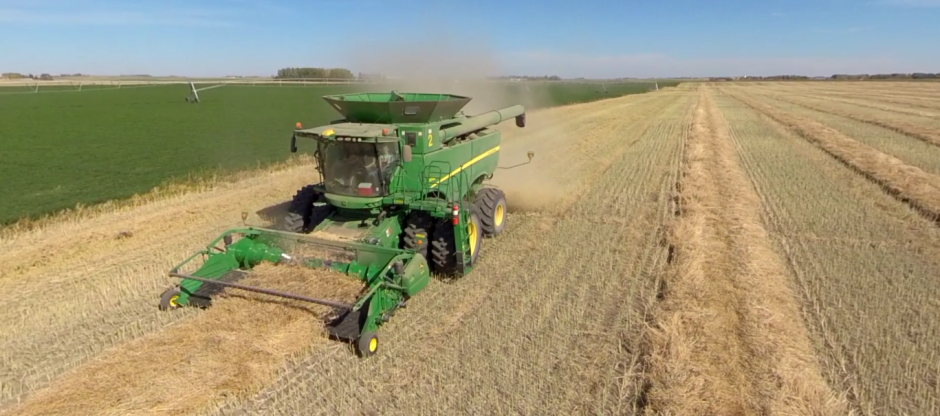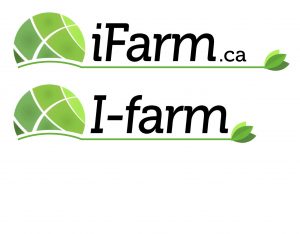During the 1990s, it was possible to replicate farmland’s 10% total return (through capital appreciation plus dividends and interest) by investing 39% of one’s assets in 10-Year Treasury Bonds and 61% in the S&P 500. Moreover, this strategy required no debt leverage and had a modest level of volatility at 11.6%
The Dot Com bust of the early 2000s created an entirely different story for investors during that decade. The only way an investor could have generated a 10% return from 2000 to 2010 would have been to put all of one’s portfolio into Treasury Bonds, lever it by 300% and buy the S&P with the proceeds of the debt leverage. No sane investor would have done this, and even if they had, they would have experienced a ridiculous level of volatility (69%).
The Goldilocks bull market run that we have experienced since 2010 changed the portfolio mix again. Declining interest rates and strong stock returns meant that an investor could have put 76% of their portfolio in Treasury Bonds and just 24% in the S&P 500 and still generated a 10% total return with a volatility of just 8.2%
Figure 3: portfolio mix required to match Canadian farmland’s long-term total return of 10%
This historic what-if analysis puts the changing risk/return environment in perspective. Looking forward, however, is trickier. 2018 consensus estimates for the S&P 500 and bond returns, suggest that, in the current environment, one would need to put 88% of their portfolio in the S&P and just 12% in bonds to generate an anticipated return of 10% in the coming year. But this assumes that we do not experience a significant market correction in 2018, and, as I have argued above, the likelihood of a significant correction occurring is increasing with each passing month. Clearly, the classic portfolio of 60% equities and 40% bonds no longer generates an attractive risk/return for investors.
So, what is a prudent investor to do? Moving to cash is the obvious option for capital preservation, but at the cost of low-or-no real returns. How can one protect their capital while still generating an acceptable long-term return?
Increased market and geo-political risks for future stock and bond returns, stand in stark contrast to the prospects for continued steady returns to owning Canadian farmland, all of the core investment themes for which remain intact:
- a growing global population, significant portions of which face serious food insecurity;
- a changing climate that is benefiting Canadian farmers and challenging most other food producing regions of the world;
- plentiful access to water for food production in Canada while much of the world faces drought, water shortages and water quality challenges; and
- Canadian farmland prices that have not increased significantly relative to Canadian farm earnings (in contrast to rising valuation metrics for public equities).
Is Bonnefield predicting an imminent market collapse? Certainly not. We are neither skilled enough nor smart enough to call a stock market top.
There is no doubt, however, that the lessons of history and the precarious risk/return profile of current markets are clear signals to investors seeking capital preservation and steady returns: now is the most important time in recent memory to rebalance away from public markets into alternatives like Canadian farmland – a proven steady performer, with low volatility and bright prospects for continued steady returns.



